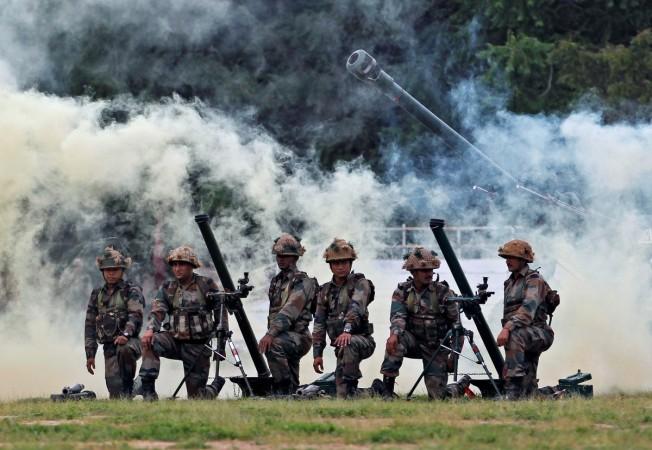
The Indian Army, in collaboration with Delhi-based CRON systems is working on predictive analysis technology to help prevent border intrusions. The army will be using Internet of Things (IoT) solutions to counter threats along India's border, predicting points where intrusions are likely and keeping forces on alert.
This technology has been in development over the last six months, reports the Economic Times (ET). "We have found three painpoints that they [the army] face daily- There is no communication channel and with lack of infrastructure they cannot install new-age products and most of the time it becomes too complicated for end user that they cannot even use it," said Tushar Chhabra, one of the founders of CRON systems which is working on site, at the borders, tweaking tech to fit defense requirements.
The company is installing a number "polls" that are each outfitted with an array of cameras and sensors. With an effective range of between 100 to 200 meters, each poll will have built-in active infrared and passive infrared sensors, microwave and IR cameras that function equally well in both the day and nighttime. Additionally, thermal cameras will make for accurate intrusion verification and recognition of "friend or foe" movement, notes the report.
When there is any sort of intrusion or movement detected by the sensors of a breach beyond set perimeters, CRON is designed to instantly raise an alarm. Alerts are sent to an analytics platform through a wireless, encrypted system. At the same time, the nearest drones and rovers are also assigned to the spot to confirm the breach visually and maintain live surveillance, notes the report.
In case communication is blocked for any reason or situation that India's borderlands present, an alert will be sent to each station along with data about the breach. Soldiers present there will have to physically hit a button to send a message back to base ensuring that they are safe, or not. The system can also identify breaches and differentiate between animals and humans, according to the report.
"Collecting such data points, the platform is creating descriptive analytics, which probably in the next 5-6 years will help you predict the threat around the perimeter before an attack likely happens. For instance, if he [the threat] is carrying any weapon, the light radar and thermal technology will detect it," explains Chabbra. Over the last two to three years, analysis of data points has revealed that intrusions tend to spike during November. Also, before a breach of the borders, the team has identified that a lot of complementary activities take place. "Such data points help in predicting these intrusions," he adds.
"We also realized just checking in line will not solve the problem but we need to look at the counterpart's territory."
Makers of CRON say that there needs to be a different approach to the way each border is surveilled by the Indian Army. For example, the report points out that it common for intruders from the Nepal side to travel alone to avoid being seen, but on the Pakistan-Kashmir side, the movement is normally in larger groups. Distance from the border is also indicative of when the attack is imminent. Movement along fences within 10 to 12 meters and a distance of 100- 200 meters away, could mean two different things all together, notes ET.








